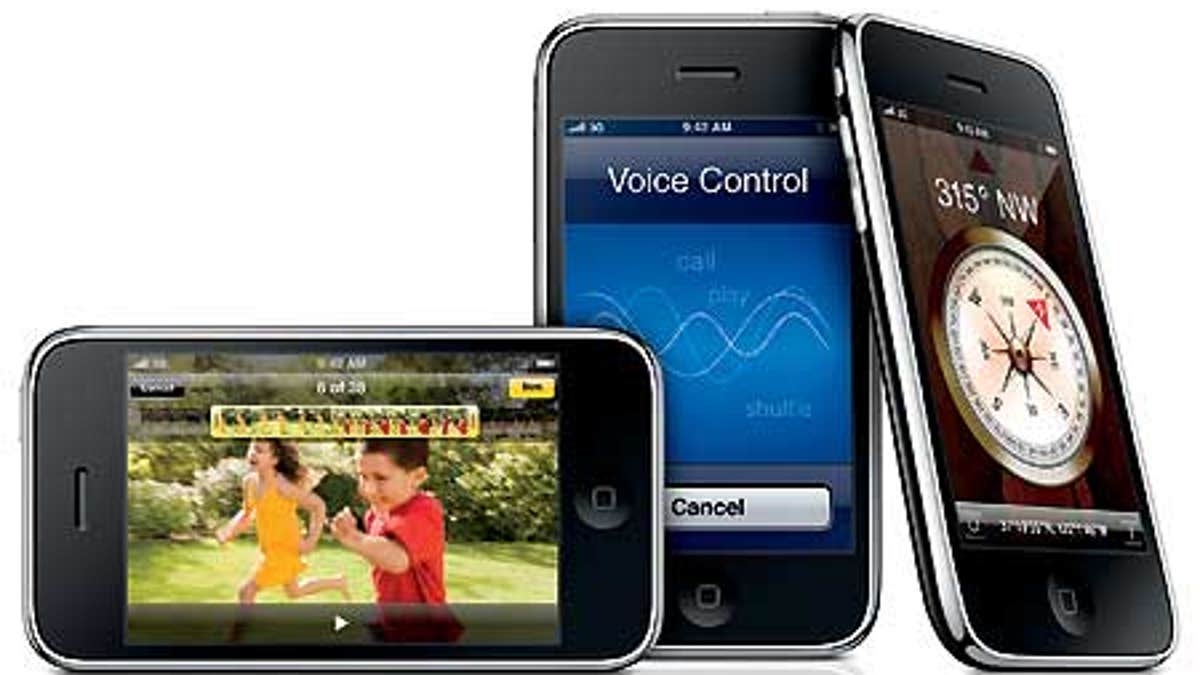
CUPERTINO, Calif. – Apple's move to make Best Buy an outlet for the iPhone back in 2008 is proving to be a wise and lucrative decision, according to data released Friday.
Over the past few years, the retail chain became an increasingly important outlet for Apple, extending its reach and distribution with its 1,100 stores -- about 600 of which host Apple store-within-a-stores, most in locations that Cupertino feels are too small to support a standalone outlet.
These Best Buy outlets are selling a lot of iPhones, almost as many as Apple itself, according to new data from Consumer Intelligence Research Partners (CIRP).
The firm surveyed iPhone buyers in December 2011 and January and February 2012, asking them where they purchased the device. CIRP found that retail stores accounted for 76 percent of iPhone sales and online stores 24 percent.
[pullquote]
More interesting, however, was the actual breakdown of the stores themselves. According to CIRP's data, Apple sold 15 percent of all iPhones purchased in the US during the period of the survey, with retail making up 11 percent and online sales four percent. Meanwhile, AT&T sold 32 percent via its online and retail stores, Verizon 30 percent -- again, online and off -- and Sprint seven percent.
Meanwhile, Best Buy sold 13 percent, just two percent shy of Apple itself. The remaining three percent falls under "other," which is a combination of retailers like Radio Shack and Walmart.
So when it comes to iPhone distribution, it is obviously the carriers that drive sales. But retail partners like the big-box retailer are significant, as well.
"Apple Stores and the Apple website are tremendously productive, but they are limited by their relatively small retail footprint," CIRP's Josh Lowitz said.
Read more about the iPhone and new iPad at AllThingsDigital.
